Curating Culture: The Intersection of Art, History, and Identity in Art Collections
nuggets from our collection inside
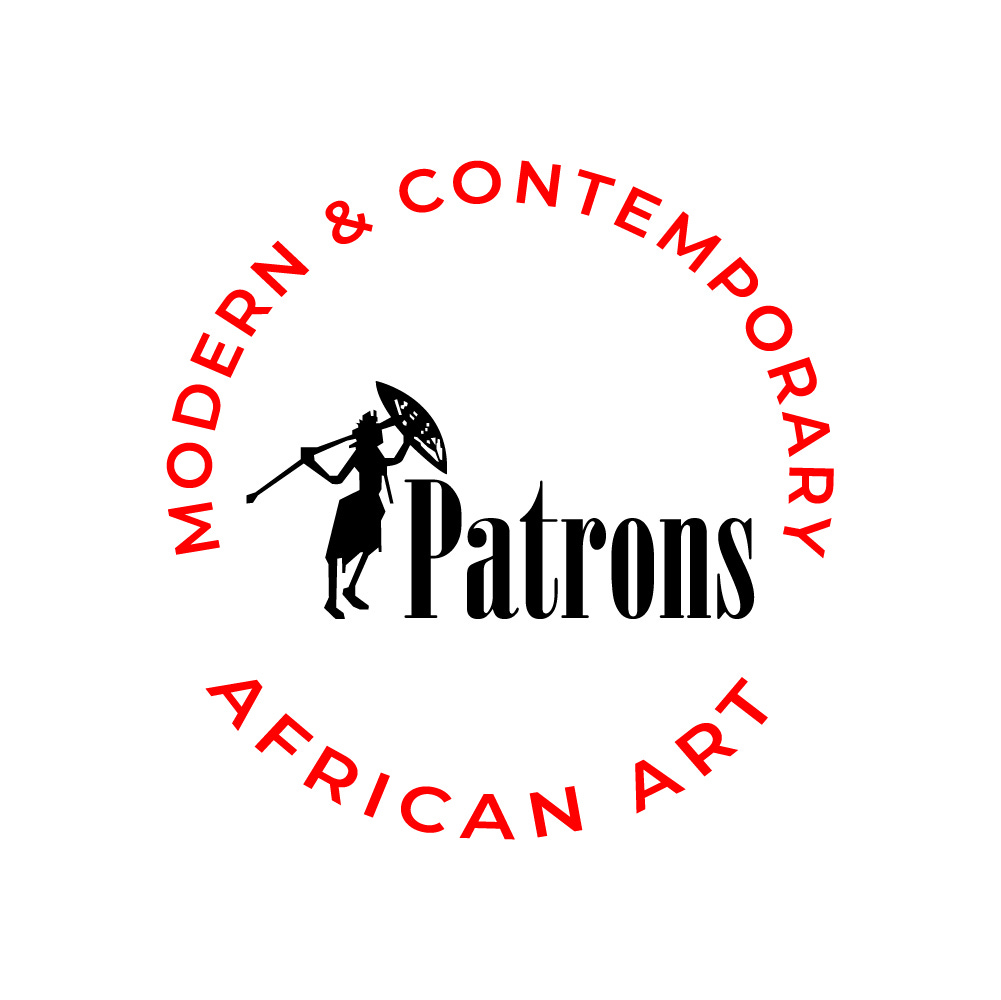
Art is beyond decorative; it is a window into the soul of humanity. It tells stories, conveys emotions, and captures the essence of cultural identities. Be it a sculpture, painting, or installation, art transcends visual experiences; it is a historical narrative, a reflection of societal values, and a representation of identity.
How do you feel when you walk into a gallery or a hotel and you feel immersed in your new environment like you’ve been transcended into a different realm because of the art on display? Have you ever wondered how these pieces of art are collected, organised, and presented? This process—known as curation—plays a critical role in shaping our understanding of art and its broader impact on culture.
In your visit to an art gallery or a museum, every piece of art you see has been carefully chosen and placed with intention. It is a curated selection that communicates a specific message or theme as visualised by the curator. This is no simple task. Curators must consider a myriad of factors, including the historical context of the artwork, the identity of the artists, and the audience's experience. In today's diverse and interconnected world, curators must be sensitive to cultural appropriation and identity politics, ensuring that art collections are inclusive and respectful of all perspectives.
Art collections are more than just accumulations of beautiful things; they are cultural narratives that reveal the intersection of art, history, and identity. Each collection, whether it's housed in a private gallery, a public museum, or a corporate art collection, tells a unique story. It speaks to the values and beliefs of the people who created and collected the art. It reflects historical events, social movements, and cultural shifts. And perhaps most importantly, it gives voice to artists who have shaped our understanding of the world around us.
In this digest, we will explore the art of curating and how it intersects with history and identity. We will discuss the role of curators, the importance of diversity in art collections, and the impact of art on cultural identity. We will also look at how art collections can serve as powerful tools for education and social change.
Top Picks for the Week from Our Collection
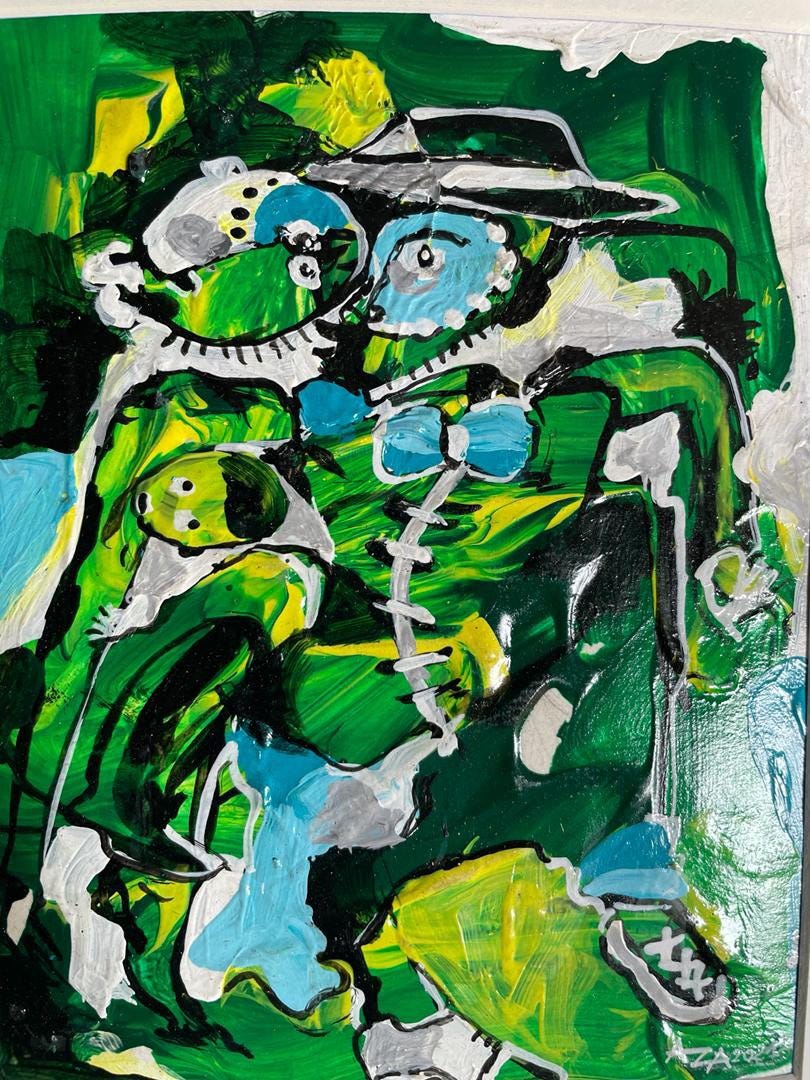
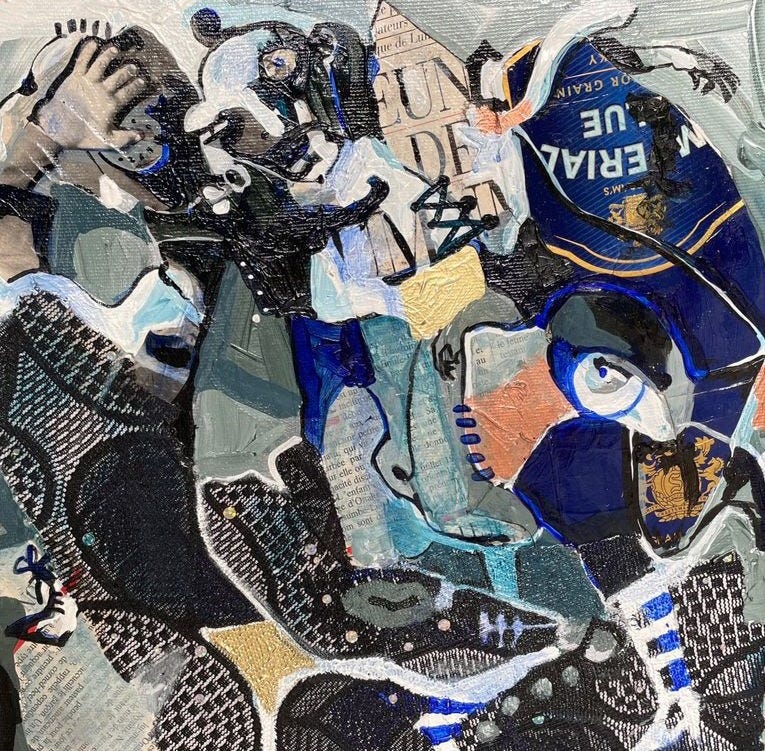
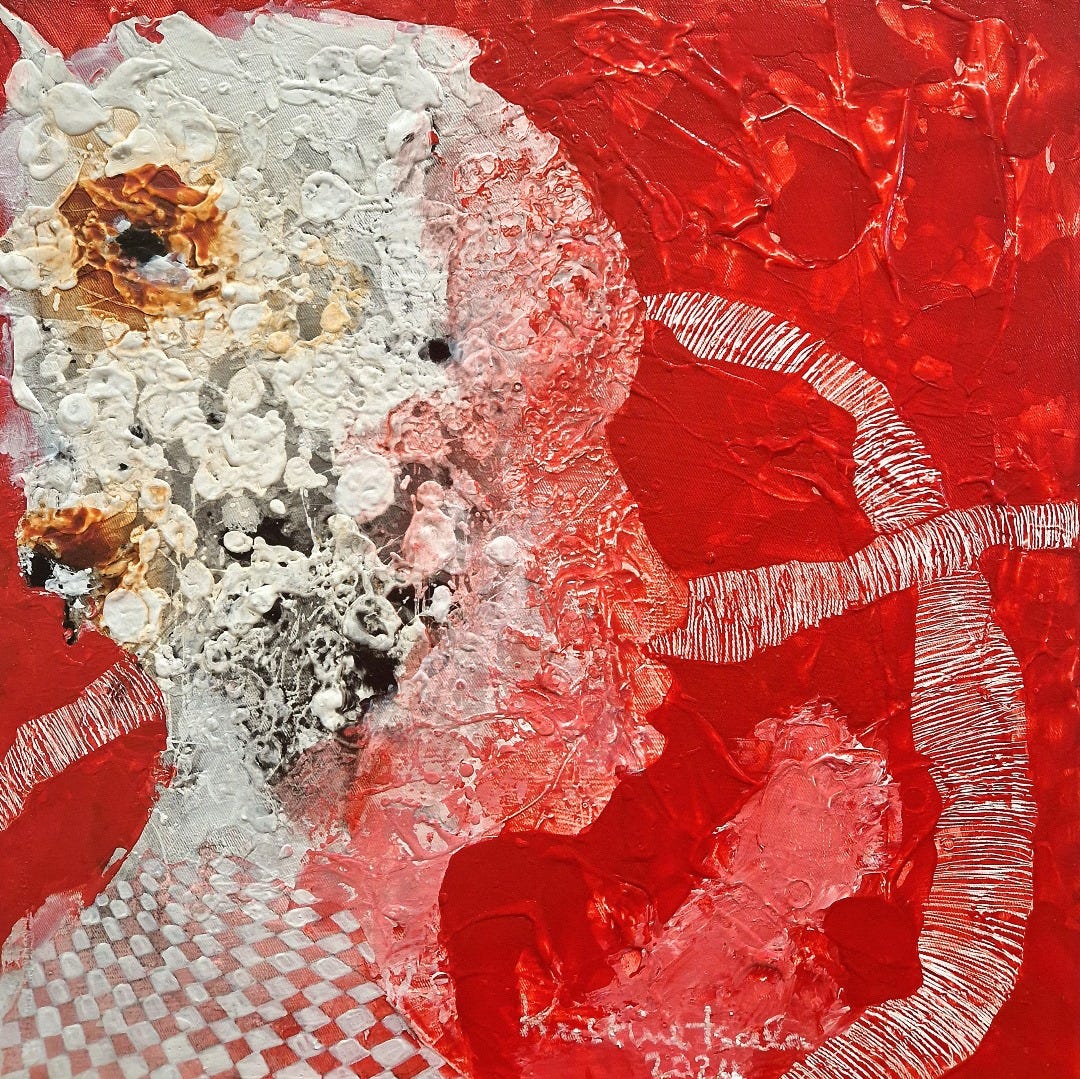
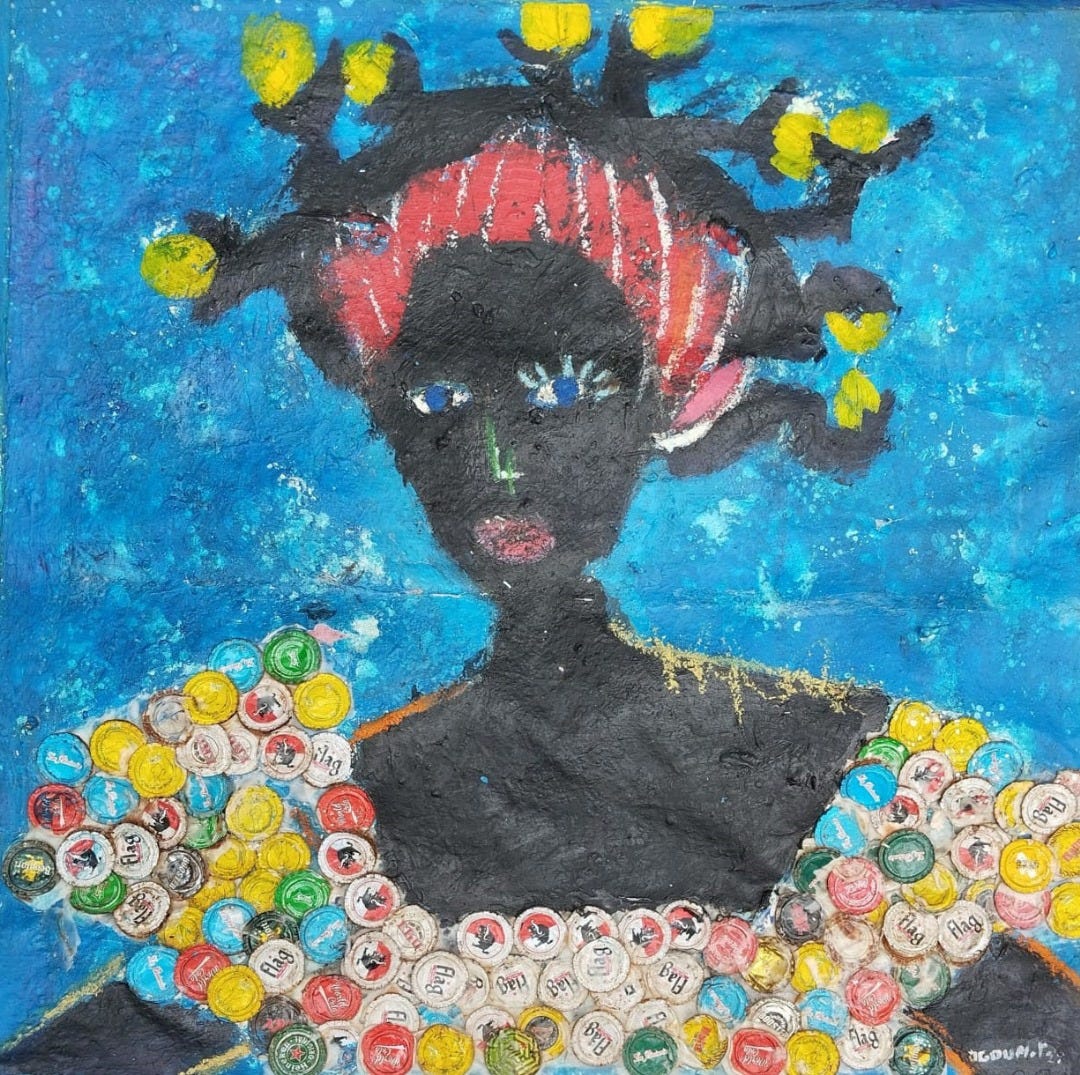
The Role of Curators in Art Collections
The art of curating is both a science and an art in itself. Curators are responsible for selecting, organising, and managing art collections. They are the gatekeepers of cultural narratives, ensuring that the stories told through art are accurate, meaningful, and engaging. But curators do much more than just select art; they also research, document, and interpret the pieces in their collections.
One of the primary roles of a curator is to create a cohesive narrative that ties the collection together. This involves understanding the historical context of the artworks, the cultural background of the artists, and the themes that connect them. A well-curated collection guides the viewer through a journey, providing insights into the past, present, and future.
Curators also play a critical role in preserving and restoring art. They work with conservation experts to ensure that artworks are properly cared for and protected from damage. This is especially important for historical pieces that have withstood the test of time. By preserving these artworks, curators help maintain a connection to the past, allowing future generations to appreciate and learn from them.
The Importance of Diversity in Art Collections
In recent years, there has been a growing emphasis on diversity and inclusion in art collections. Curators are increasingly aware of the need to represent a wide range of cultures, identities, and perspectives. This shift towards inclusivity is essential for several reasons.
First, diverse art collections reflect the multicultural nature of society. They showcase the richness of different cultures and provide a platform for underrepresented artists to share their stories. By including a variety of voices, art collections become more relevant and relatable to a broader audience.
Second, diverse collections can challenge existing narratives and spark important conversations. They can question traditional views and encourage viewers to think critically about history and identity. This can lead to greater understanding and empathy, fostering a more inclusive and tolerant society.
Finally, diversity in art collections is crucial for education and social change. When people see themselves reflected in art, they feel valued and included. This can inspire them to explore their creativity and contribute to the cultural landscape. Moreover, diverse collections can raise awareness about social issues and promote positive change.
More from Our Collection

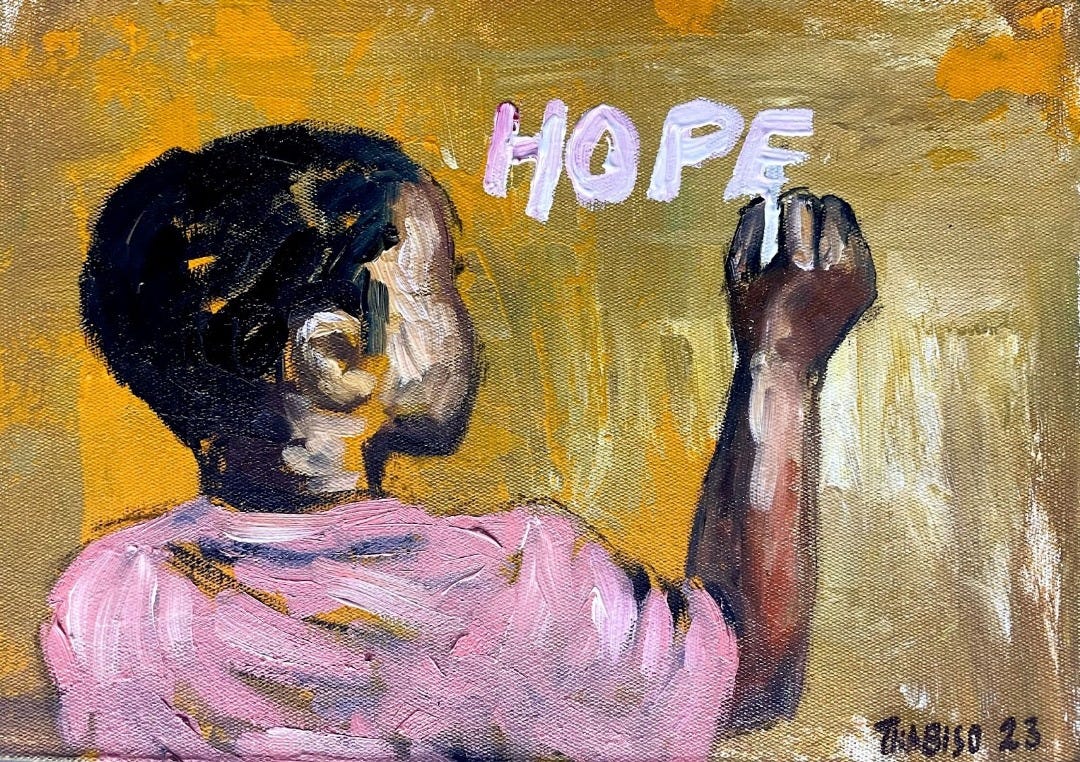

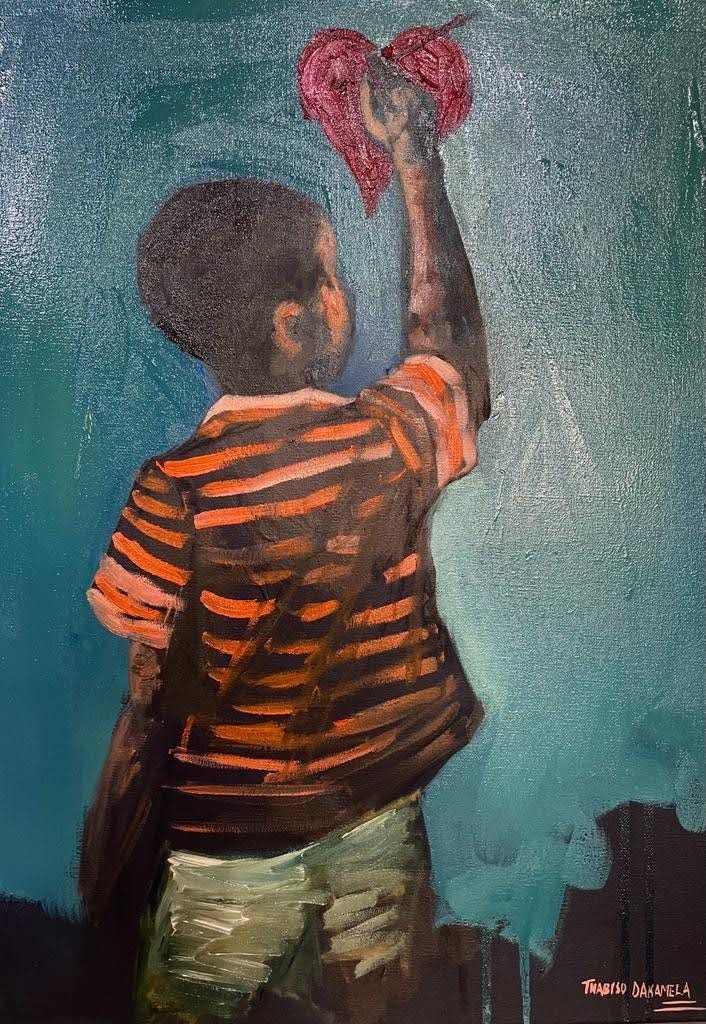
The Impact of Art on Cultural Identity
Art has a profound impact on cultural identity. It helps people connect with their heritage, understand their roots, and explore their sense of self. Art collections, therefore, play a crucial role in shaping cultural identity and preserving traditions.
When curators create art collections that celebrate cultural identity, they contribute to the continuity of traditions and customs. This is especially important for marginalised communities that have faced historical discrimination and oppression. By showcasing their art, curators help preserve their cultural heritage and give them a platform to share their stories.
Art collections can also foster a sense of belonging and pride. When people see their culture represented in art, they feel a deeper connection to their community. This can strengthen social bonds and promote unity. Moreover, art can be a powerful tool for healing and reconciliation, allowing individuals to process complex emotions and find common ground.
Art Collections as Tools for Education and Social Change
Art collections have the potential to educate and inspire change. When curated thoughtfully, they can raise awareness about important social issues, challenge stereotypes, and promote inclusivity. Curators who embrace this role can use art to spark meaningful conversations and drive positive change.
Many museums and galleries now offer educational programs and workshops to engage the public in discussions about art and its impact on society. These programs encourage critical thinking and creativity, allowing people to explore new ideas and perspectives. They also provide opportunities for artists to share their experiences and connect with audiences on a personal level.
In addition, art collections can serve as platforms for activism and advocacy. Curators can use their collections to address social injustices and promote equality. By selecting artworks that highlight issues like racism, sexism, and environmental degradation, curators can inspire viewers to take action and make a difference.
The art of curating is a complex and dynamic process that brings together art, history, and identity. Curators play a pivotal role in shaping how we understand and appreciate art collections. Through their careful selection and organisation of artworks, they tell compelling stories that reflect cultural diversity, historical context, and societal values. In today's world, where cultural representation and inclusion are more important than ever, curators have a unique responsibility to ensure that art collections are inclusive and representative of a wide range of perspectives. This approach not only enriches the art-viewing experience but also fosters a deeper understanding of different cultures and identities. As we continue to explore and appreciate art collections, let's remember that each piece of art carries a story, a history, and an identity.
Until our next digest,
stay collecting.



